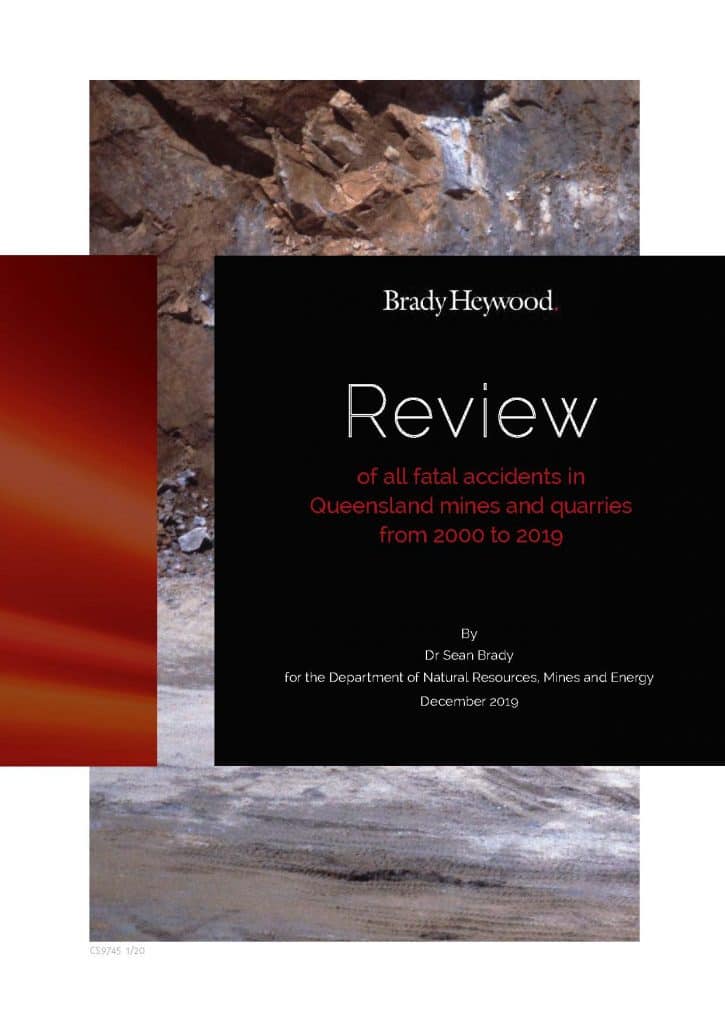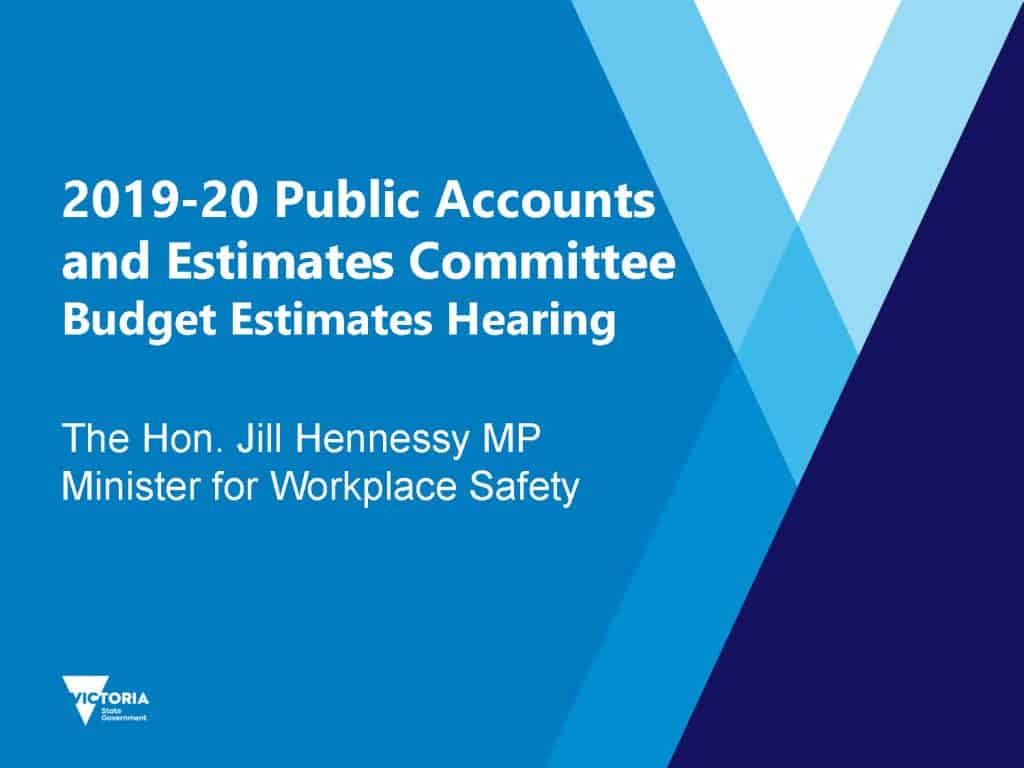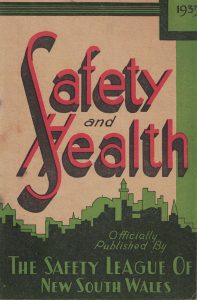
A bombshell occupational health and safety report was tabled in the Queensland Parliament on February 6, 2020. Dr Sean Brady of the Department of Natural Resources, Mines and Energy undertook a forensic assessment of mining fatalities occurring over almost 20 years and has made recommendations that busts some mine safety myths and offers a, potentially very disruptive, way forward.
Brady issued 11 recommendations with many of them hitting the OHS regime of mining companies and safety regulators hard. As the report is over 300 pages, this article is based largely on the Executive Summary.



 Earlier this week former chair of the Australian Government’s
Earlier this week former chair of the Australian Government’s 

